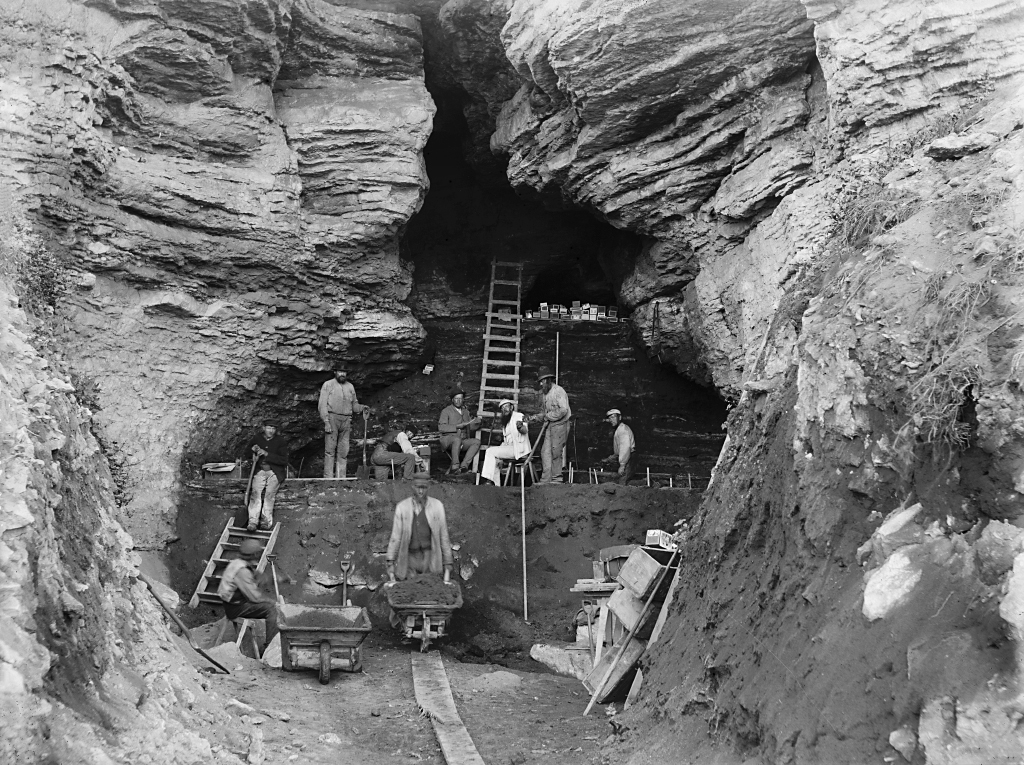At some point everyone feelings the longing to throw down their humdrum lives and set out on an adventure for pirate gold. For most people this lust for buried treasure disappears at about the same time that their letter to Hogwarts fails to materialise. While you may never get your wand though there really are lost hoards just waiting for the right person to find them. Here are eight of the most tantalising.
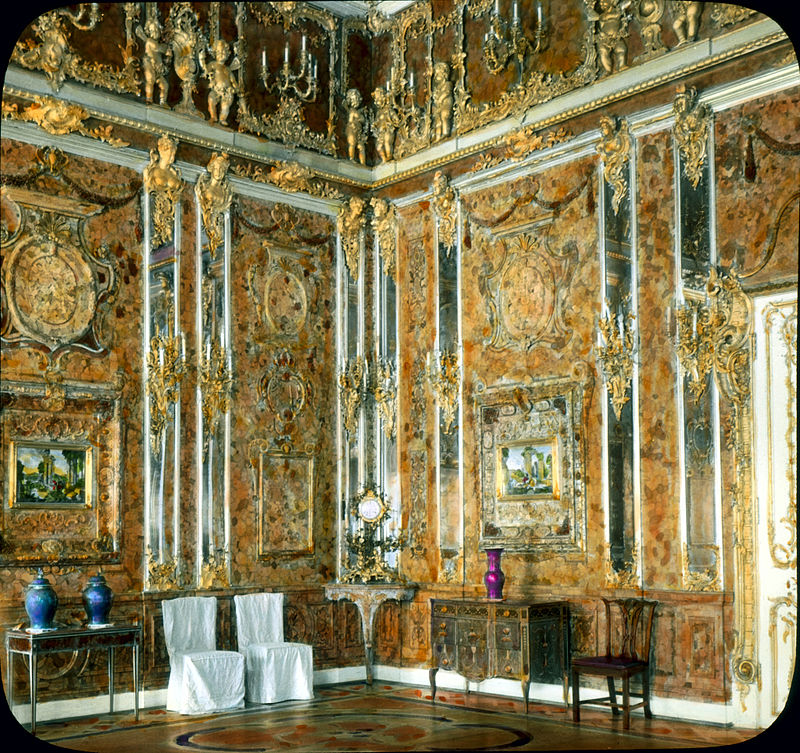
8. The Amber Room
There is a Lithuanian legend about the origin of the amber which washes up on the shores of the Baltic Sea. The goddess of the sea lived in palace made of amber. When she angered the god of thunder he smashed it to millions of shards. It is these pieces that are gathered by beachcombers.
But we don’t need to go to myth to find an amber palace. In the Catherine Palace near Saint Petersberg a room decorated with over six tonnes of amber was created for the delight of the Russian royal family. The Amber Room, as it was predictably named, was looted by the Nazis in World War II. When the commander of the site where the dismantled room was stored fled as enemy troops closed in, the amber room disappeared from history.
Since then portions of the room have resurfaced, and a reconstruction of it created, but the original is still out there waiting to be found.
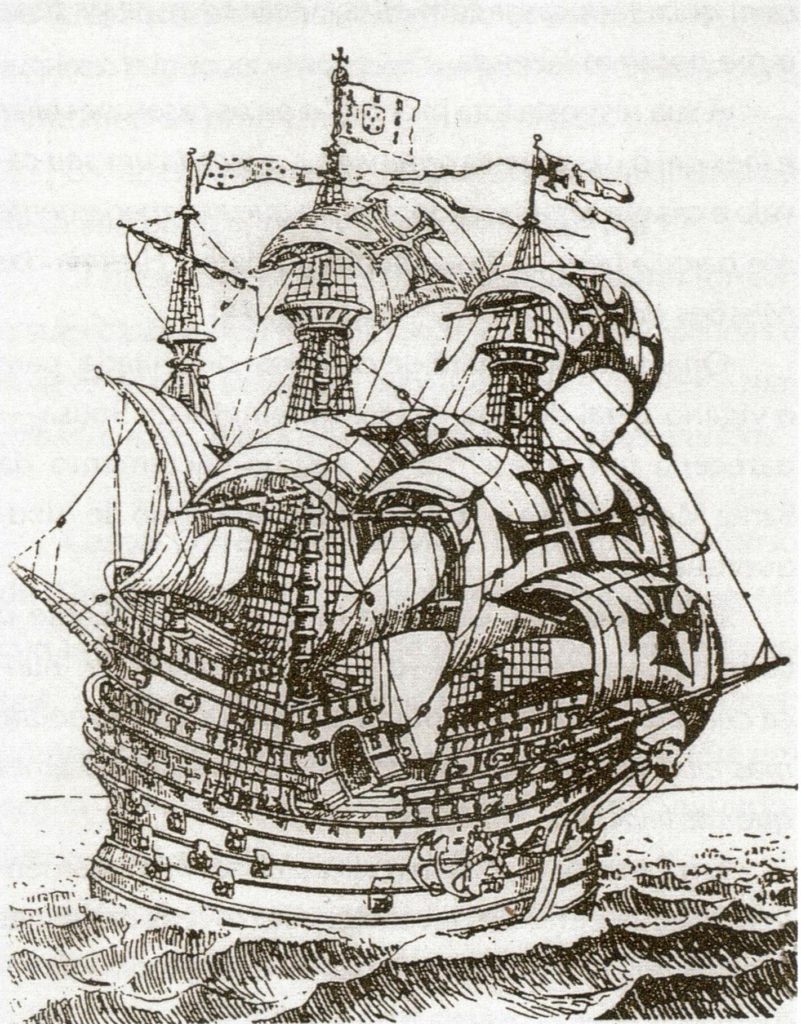
7. Flor de la Mar
In the early 16th century Portuguese fleets were spreading out across the globe as it began to forge an empire. Not content to act as tourists the ships returning to Lisbon could be expected to be laden with valuable goods from wherever they landed.
The Flor de la Mar (Flower of the Sea) was built in 1502 to follow the lucrative trade route with India. Later the trading vessel was pressed into service in the Portuguese wars in India and Malaysia. When the rich mercantile state of Malacca fell the Flor de le Mar was loaded with all the treasures which the Portuguese could lay their hands on. Overloaded with booty the ungainly ship became stuck on shoals and was wrecked by a storm.
The treasure of the Flor de la Mar may still be buried in the sands and silt of the Malacca straight.
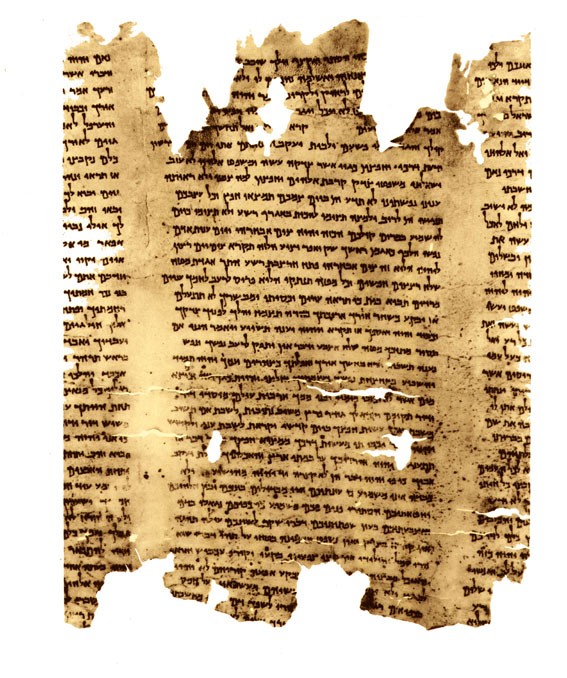
6. Treasure of the Dead Sea Scrolls
Any archaeologist would give their right hand, and their trowel, to discover a historical treasure trove like the Dead Sea Scrolls. Among the important Biblical manuscripts written on papyrus and parchment was found an intriguing copper scroll which hints at a more worldly treasure lurking somewhere in the desert.
The Copper Scroll is engraved with 64 locations where gold and silver have been deposited and details the amount of treasure hidden in each. There is scholarly debate as to who made the scroll, who hid the bullion, when they did it, and why. Such questions often take a secondary place to more mercenary ones when just one of the caches is described by the scroll as holding 41 talents (~1350kg) of silver.
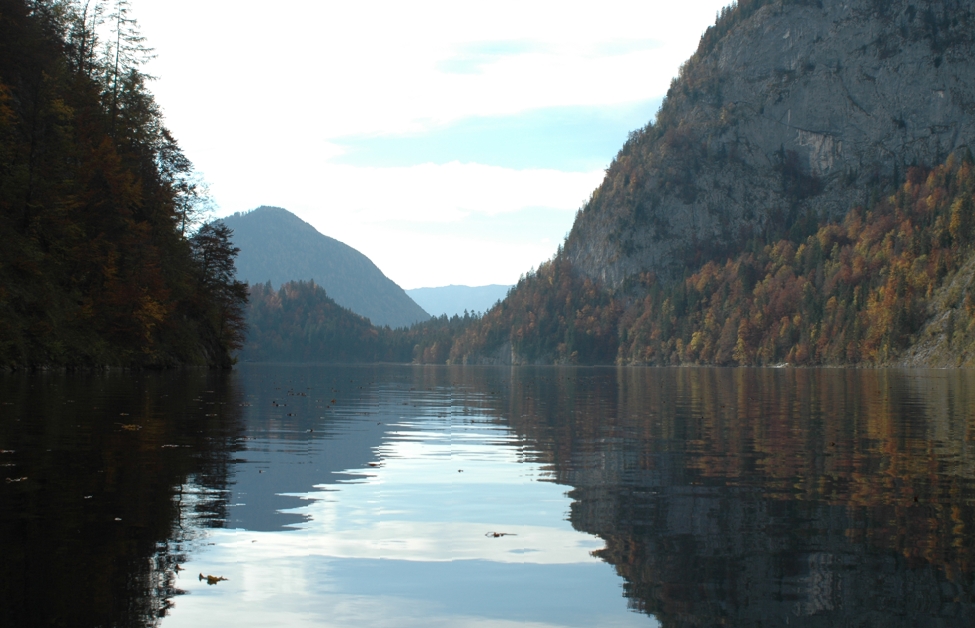
5. Nazi Gold of Lake Toplitz
During the Second World War the picturesque Lake Toplitz in Austria was used by German troops as a naval weapon testing ground. The mountains echoed to the sounds of explosive detonations. As the war drew to a close troops were seen taking boxes to the water and sinking them into the murky depths.
What were they hiding? No one is certain, though of course the mind leaps immediately to the idea of looted gold. Searches have turned up bundles of counterfeited British currency that was to be used to destabilise the pound. Conditions in the lake make treasure hunting difficult. Submerged floating logs wait to snare anyone who does descend into the depths looking for fabulous wealth.
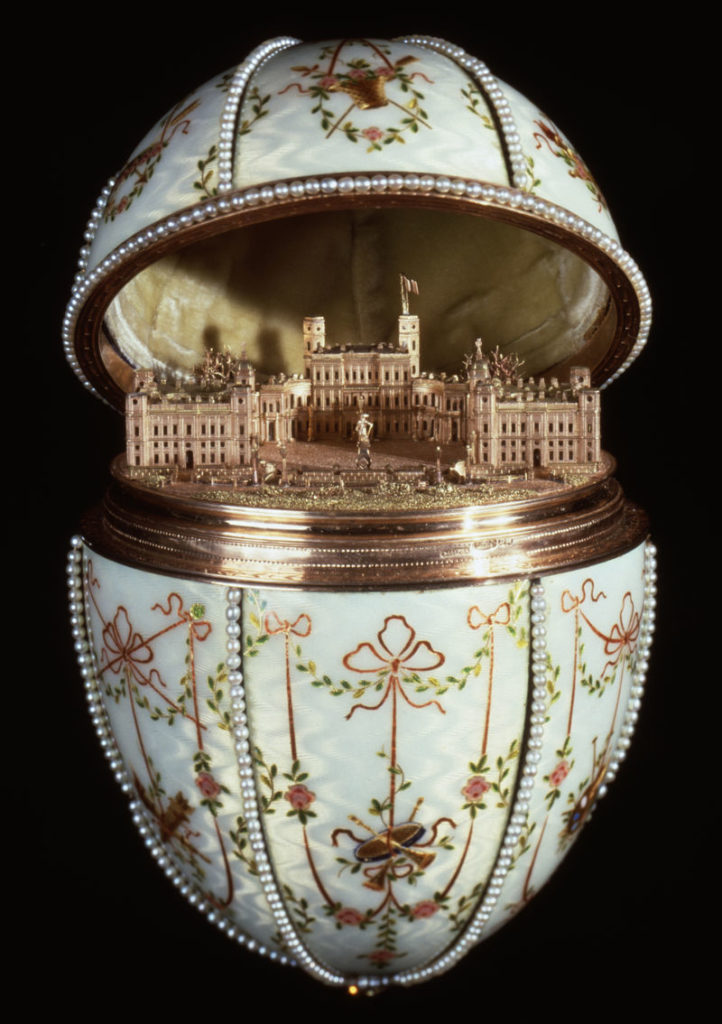
4. Lost Fabergé Eggs
In 1917 the House of Fabergé jewellers were preparing to deliver two of their sumptuous golden and jewelled eggs to the Russian Imperial family for Easter. Unfortunately for Fabergé, and even more so for the Romanovs, the Russian revolution swept away their patrons. The royal collection of eggs was scattered around the world as they were sold by the new Bolshevik government who needed cash more than imperial baubles.
Of the 50 Fabergé eggs there are 7 whose locations are unknown. Unlike the other treasures on this list there is a chance you might just stumble on one of these. In 2004 the Third Imperial Egg was sold in the American Midwest for a few thousand dollars, its scrap value, by a trader who did not know what he had. The new owner only recognised its true value in 2014, when it was sold for an undisclosed figure likely to be in the millions.
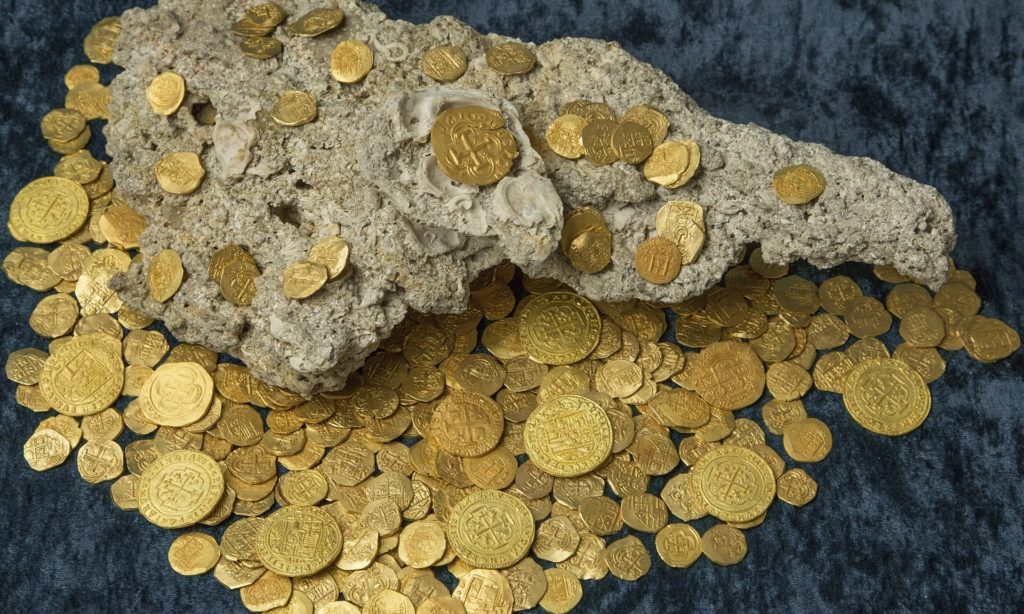
3. 1715 Spanish treasure fleet
From the 16th century onwards the Spanish Empire extracted vast fortunes from the New World. In 1715 a fleet packed with gold, silver, and emeralds left Havana and entered the dreams of treasure hunters. A storm wrecked the fleet sending its cargo to the seabed off the Florida coast.
We know about this treasure not only because of historical records but also because divers regularly chance on some of the Spanish swag. A family of divers found $1 million worth of Spanish gold in 2015, while another venture came up with $4.5 million in coins. There are even reports of gold coins found wash up on beaches.
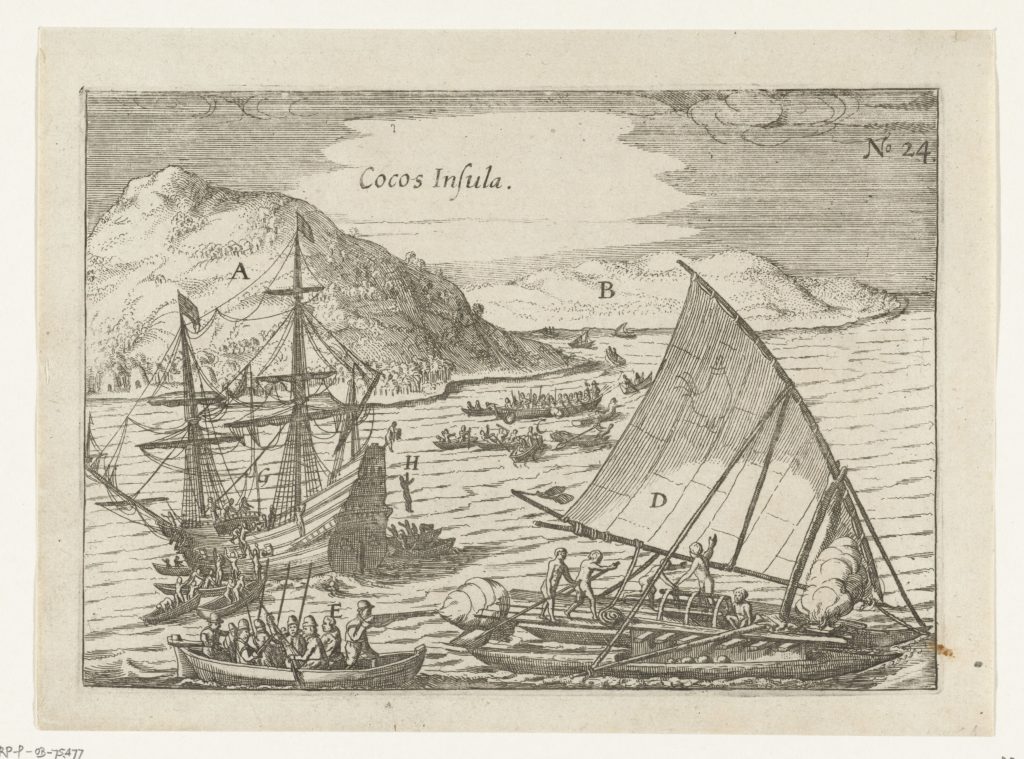
2. Treasure of Lima
By the 1800s the Spanish colonies of the New World were beginning to flex their muscles. They could no longer be relied on to simply give up their vast supplies of gold and silver. With Peru’s loyalty looking shaky the governor of Lima decided to evacuate the state’s treasury to the safety of Mexico. He entrusted the hoard to a Newfoundland captain called William Thompson. Thompson promptly disappeared with the golden statues, diamonds, and bullion.
Thompson and his crew were later captured, though without their plunder. The crew were hanged for piracy but Thompson managed to escape the noose by promising to reveal the location of treasure. He led the Spanish to Cocos Island but fled into the jungle, never to be recaptured. Was the treasure really buried on Cocos, or was it just a convenient spot for Thompson to make a getaway?
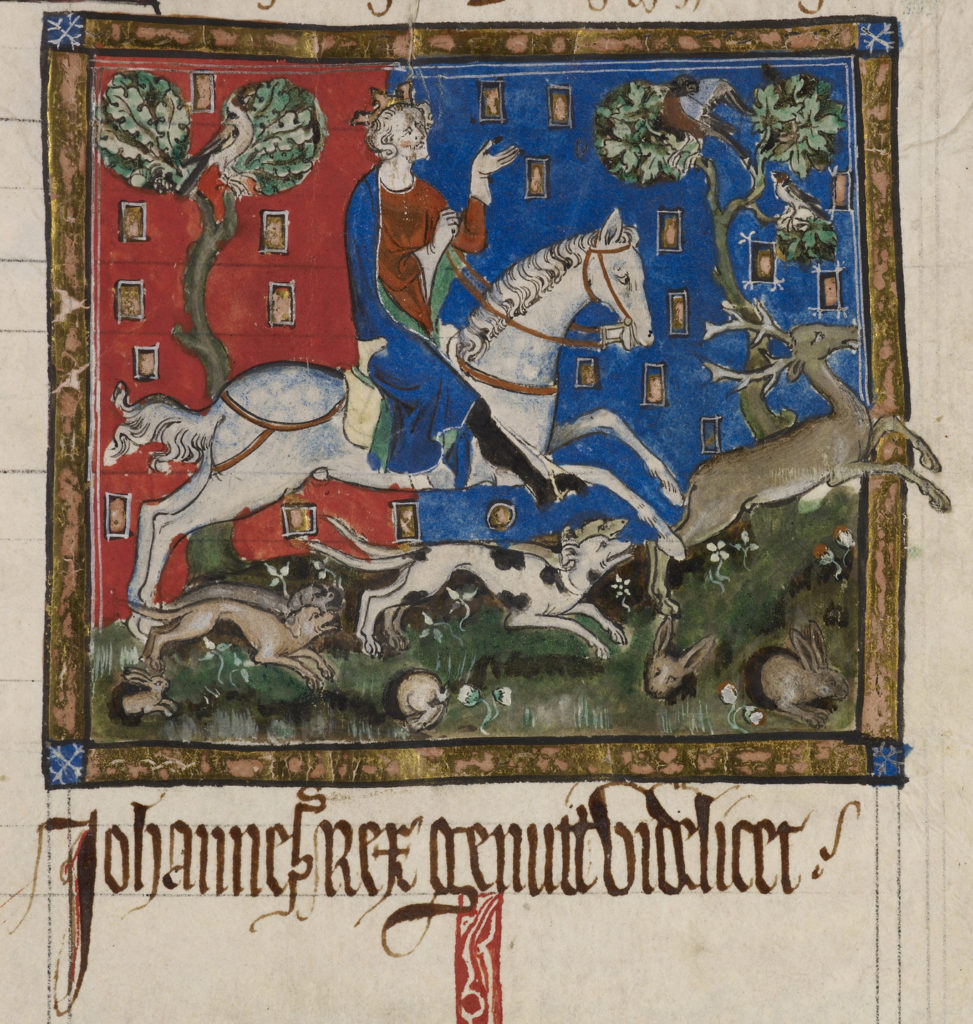
1. King John’s Jewels
King John is regularly ranked among the worst monarchs England ever had. The French, who thrashed him in war, know him as “Jean sans Terre” (John Lackland). He suffered an embarrassing war with his own barons that led to the creation of the Magna Carta and was excommunicated by the Pope. While facing down a fresh rebellion in 1216 the King’s train crossed the Wash, a shallow estuary, at low tide. The slow moving baggage carts became caught in the quicksand and mud as the tide turned. The animals and their cargo were lost in the rush of water.
Exactly what was lost in the Wash remains unknown. It was certainly more than a sock. Did the Royal regalia or the King’s strongbox of money go down? The chronicles of the day hint at a fabulous prize waiting to be discovered. The changing landscape of the area mean that any would-be treasure hunters will have to cast their net wide if they are to be successful.
For more amazing stories from history, subscribe to All About History for as little as £26.
